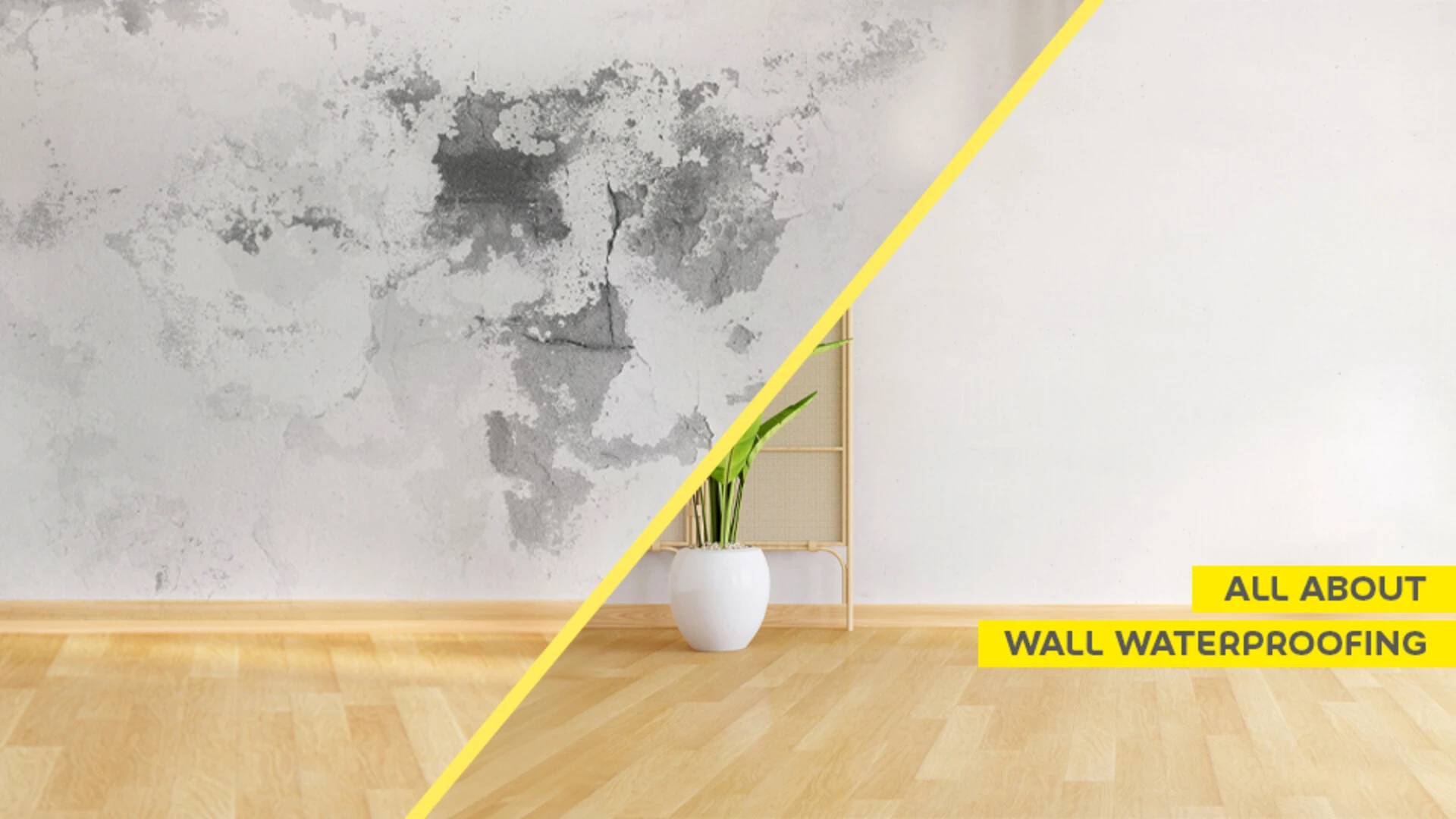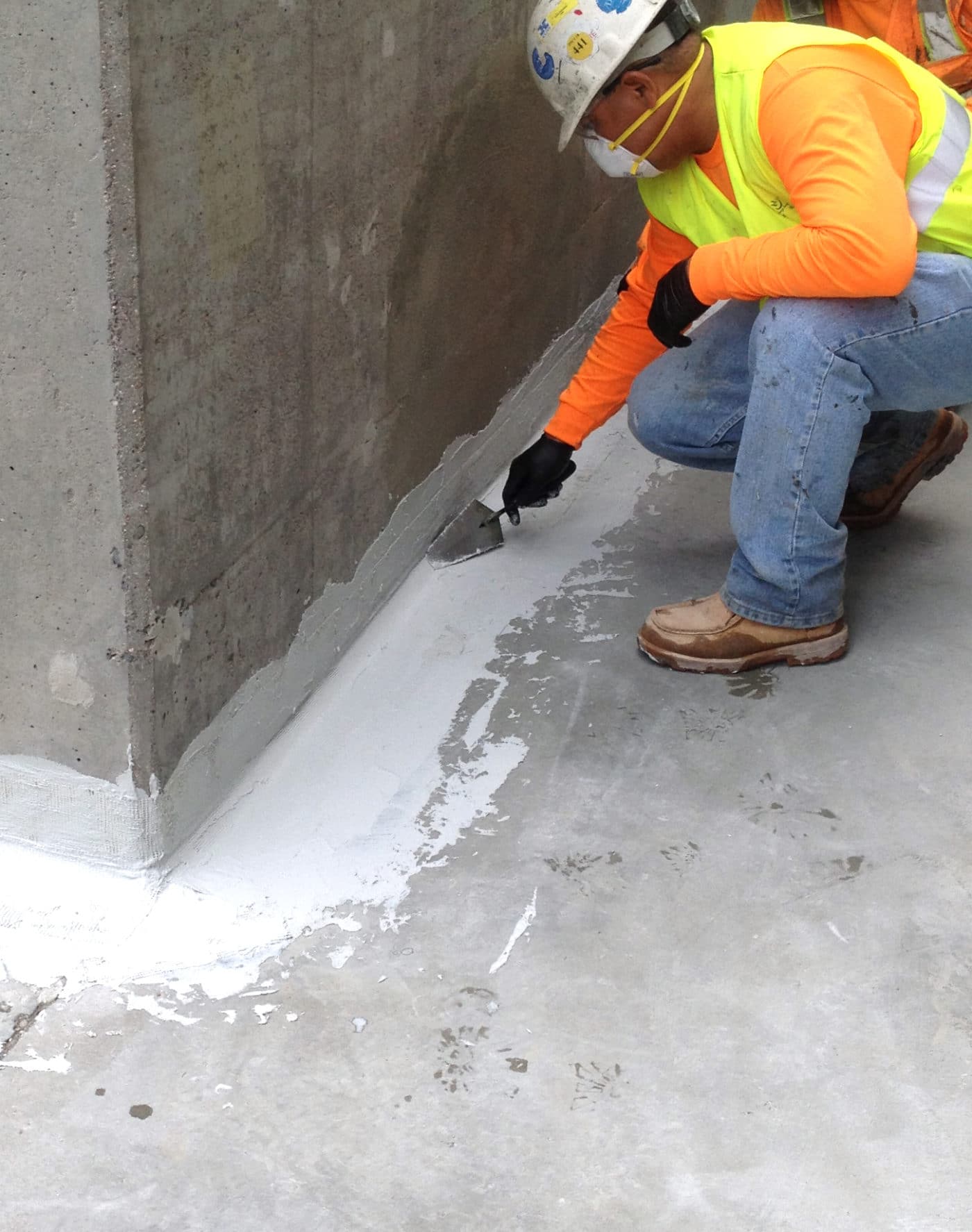Kinds of Waterproofing: Exploring the Various Methods and Their Applications
Waterproofing is a crucial aspect of building and maintenance. It shields frameworks from the detrimental effects of water damages. There are numerous approaches offered, each with its special applications and advantages. From membrane layer systems to cementitious services, understanding these choices is necessary for reliable implementation. The selection of waterproofing approach can greatly influence longevity and durability. Discovering these various techniques discloses their unique benefits and potential obstacles, prompting further consideration of suitable services.
Membrane Layer Waterproofing Equipments
Membrane waterproofing systems serve as an essential barrier versus water intrusion in different structures. These systems commonly contain slim sheets made from materials like rubber, thermoplastic, or asphalt, which are used to surface areas to avoid moisture penetration. They can be installed above or below grade and are especially efficient in areas susceptible to high water direct exposure, such as basements, roofings, and foundations.The installment process involves cleaning up the substratum, using adhesives or guides, and precisely suitable the membrane layer to assure complete coverage. Membrane systems can be either totally adhered, mechanically connected, or laid loose, relying on the details demands of the task. They provide resilience and versatility, suiting architectural activities without endangering their waterproofing capacities. In addition, these systems can be enhanced with additional layers for enhanced security. Eventually, membrane layer waterproofing systems are crucial for protecting structures versus water damage and preserving long-term stability.
Liquid-Applied Waterproofing Coatings
Liquid-applied waterproofing coverings offer a flexible solution for shielding surfaces from water seepage - Drainage & waterproofing company Omaha. These coverings contain fluid materials that, when applied, form a smooth, versatile membrane. Their flexibility allows for application on various substrates, including concrete, metal, and wood. The layers can be used in varied atmospheres, from property to industrial settings, making them appropriate for roofing systems, foundations, and below-grade structures.One considerable advantage of liquid-applied finishings is their capacity to adapt uneven shapes and pass through fractures, developing a robust barrier against moisture. They typically display superb attachment residential properties and resistance to UV radiation, guaranteeing long life and resilience. Furthermore, the application process is usually uncomplicated, enabling for quick setup and minimized labor costs. This method additionally decreases the threat of water merging, as the constant layer properly guides water away from susceptible locations. On the whole, liquid-applied waterproofing finishings are an efficient choice for extensive water security
Cementitious Waterproofing Solutions

Cementitious waterproofing solutions supply a durable alternative for frameworks requiring trusted dampness protection. These systems mostly use a mix of cement, sand, and chemical additives to produce a waterproof barrier. They are often related to surfaces such as concrete wall surfaces, foundations, and floors, offering a long lasting, resilient defense against water intrusion.One of the crucial advantages of cementitious waterproofing is its simplicity of application; it can be applied utilizing a brush, roller, or spray, making it ideal for different project dimensions. In laticrete hydro ban addition, this technique works with several surface areas and can often be used along with various other waterproofing techniques.Cementitious solutions are especially efficient in settings where water direct exposure is a concern, such as cellars or below-grade structures. Their outstanding bond properties ensure that they bond well with substrates, providing a waterproof deck coating for plywood solid and impenetrable layer versus dampness penetration.
Bentonite Waterproofing
Bentonite waterproofing is an extremely efficient technique that utilizes sodium bentonite clay to create an all-natural barrier against water. This method manipulates the distinct residential properties of bentonite, which broadens upon contact with water, securing any type of prospective leaks and protecting against dampness seepage. It is frequently used in various applications, including foundation walls, passages, and retaining walls, where water resistance is essential.Bentonite can be used in numerous types, such as panels or blankets, giving flexibility in installation. Its capability to self-seal makes it an attractive alternative for locations based on shifting dirt or rising and falling water degrees. Additionally, bentonite waterproofing is environmentally friendly, as it is an all-natural material that does not present harmful chemicals right into the environments.
Drainage and Outside Waterproofing Systems
Effective waterproofing often entails a mix of methods, consisting of drainage and exterior systems. Drain systems, such as French drains pipes and sump pumps, are developed to reroute water away from frameworks, decreasing hydrostatic pressure versus structures. These systems are vital in stopping water accumulation that can lead to architectural damage and mold and mildew growth.External waterproofing, on the various other hand, involves using safety find out here now obstacles to the structure's exterior. Methods such as the setup of water resistant membrane layers, coatings, or sealers can aid avoid water infiltration. This approach not just secures the foundation yet additionally enhances the total toughness of the structure.Together, drainage and exterior waterproofing systems create a detailed remedy to handle water effectively. By executing these approaches, homeowner can guard their investments versus the destructive impacts of moisture, making sure long-term security and security for their structures.
Frequently Asked Concerns
How Do I Select the Right Waterproofing Method for My Project?
Selecting the ideal waterproofing approach depends upon variables such as task kind, ecological conditions, budget plan, and desired long life. Assessing these aspects permits educated decisions tailored to specific needs and needs.

Can Waterproofing Be Applied in Winter Issues?
Waterproofing can be applied in cool climate problems, yet it needs details materials and methods. Cold temperatures might affect curing times and attachment, necessitating careful choice of items designed for low-temperature application.
What Are the Usual Indications of Waterproofing Failure?
Usual signs of waterproofing failing consist of visible water spots, peeling off paint, damp odors, mold and mildew growth, and fractures in wall surfaces or structures. French drain installation Omaha. These indications recommend that moisture is permeating the barrier, endangering its performance
The Length Of Time Does Waterproofing Last Before Needing Upkeep?
The longevity of waterproofing varies, generally lasting between 5 to ten years. Elements such as material top quality, environmental problems, and upkeep techniques affect its longevity, requiring periodic evaluations to ensure efficient security against water breach.
Are There Eco-Friendly Waterproofing Options Available?
The concern of environmentally friendly waterproofing options discloses an expanding interest in lasting products (Basement waterproofing Omaha). Various natural materials, such as plant-based sealants and recycled items, supply efficient services while reducing environmental effect, interesting eco conscious consumers